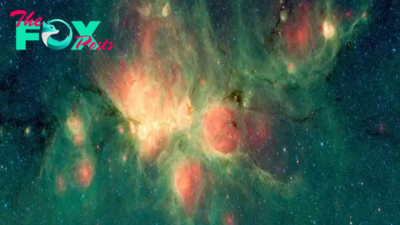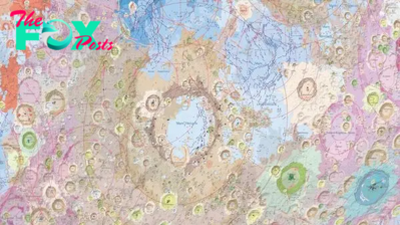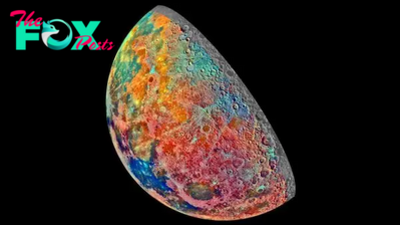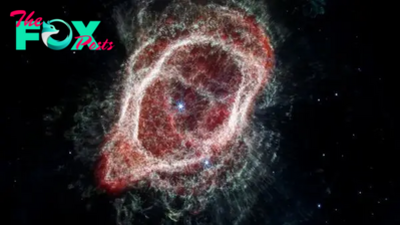Science
No, you didn't see a solar flare during the total eclipse — but you may have seen something just as special
During the recent total solar eclipse, you may have glimpsed what looked like explosive solar flares bursting from the sun after its fiery corona briefly came into view. But it turns out this was not the case.
However, what you or others may have seen was equally impressive and just as beautiful.
On Monday (April 8), millions of people across North America watched as the moon temporarily blocked out our home star and its shadow raced along the path of totality between Mexico and Canada at more than 1,500 mph (2,400 km/h). The cosmic event, which was also seen from space, was particularly special because of the length of totality — the period when the sun's light was completely obscured — which lasted for up to 4 minutes and 28 seconds.
During totality, some observers saw red dots around the obscured sun. Detailed photos of these dots revealed they were actually plasma, including a particularly large, fiery plume on the sun's southwest limb. As a result, multiple outlets including USA Today and NDTV reported that these fiery structures were produced by solar flares — explosions on the sun's surface that can launch massive clouds of plasma, known as coronal mass ejections (CMEs), into space. Lots of observers also took to social media to share their photos of these "solar flares."
But experts weighed in to point out there were no solar flares during the eclipse.
"There are many (incorrectly) reporting that a solar flare was visible during the total solar eclipse," Ryan French, an astrophysicist at the National Solar Observatory in Colorado, wrote on the social platform X. "This is sadly untrue, and the bright feature seen by millions was actually a prominence. These are longer-lived plasma structures, and not explosive like flares."
Related: When is the next total solar eclipse after 2024 in North America?
-

 Science14h ago
Science14h agoSee up to 50 'shooting stars' per hour as the Eta Aquarid meteor shower peaks this weekend
-

 Science1d ago
Science1d agoDusty 'Cat's Paw Nebula' contains a type of molecule never seen in space — and it's one of the largest ever found
-

 Science1d ago
Science1d agoJames Webb telescope reveals fiery 'mane' of the Horsehead Nebula in spectacular new images
-

 Science1d ago
Science1d ago2 plants randomly mated up to 1 million years ago to give rise to one of the world's most popular drinks
-

 Science1d ago
Science1d agoChina reveals most detailed geological map of the moon ever created
-

 Science2d ago
Science2d agoDeepest blue hole in the world discovered, with hidden caves and tunnels believed to be inside
-

 Science2d ago
Science2d agoBlack hole 'traffic jams' are forcing cosmic monsters to collide, new study finds
-

 Science2d ago
Science2d agoResearchers just found more than 1,000 new solar system objects hiding in plain sight





















